SpaceX and the future of space exploration
By Amila Lakshitha AriyarathnaOk. If you weren’t living under a rock the past few months, you might have seen (at least heard of) the Falcon Heavy rocket launch by SpaceX. In case you were living under a rock, here’s the live streamed video from SpaceX’s youtube channel.
What’s the big deal? You might ask. People have been sending rockets for decades and we have even sent people (12) to the moon and brought them back. Alive!
Well, the simple answer is the economics of space travel.
Let’s do a quick comparison between the most powerful rocket the world has seen yet, Saturn V, and the most powerful rocket we have at the moment, Falcon Heavy.
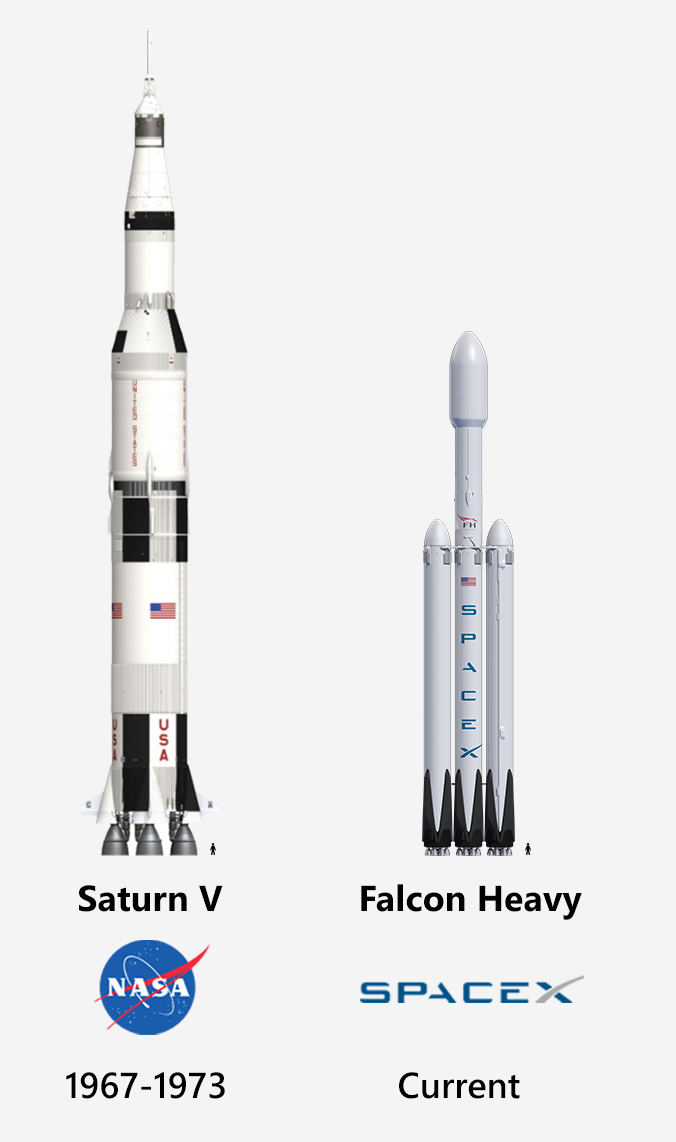
| Saturn V | Falcon Heavy | |
| Purpose | Built specially to send Apollo missions to the Moon | A general purpose rocket to serve a variety of missions |
| Payload to low earth orbit | 140 tons | 64 tons |
| Payload to Moon orbit | 49 tons | 23 tons |
| Payload to Mars orbit | 17 tons | |
| Launch price (2018 USD) | $1.2Billion | $90Million |
*sources from Wikipedia
The big deal I was talking about is right there in the last row. While the cost for the 1970s Saturn V was a whopping 1.2Billion (in today’s USD), the new Falcon Heavy costs a mere $90Million (with a “M”). Even though Saturn V has twice the lifting power of Falcon Heavy, the later can send the same weight of payload with just a fifth of cost the Saturn V would have taken. In simple terms, that means you can spend more money on the actual mission/payload instead of the launch itself. Isn’t that wonderful?
So, how did SpaceX achieve this ridiculous low cost?
One word, Reusability. If you are not familiar with SpaceX, the Falcon Heavy is not their first reusable rocket. That title goes to the smaller Falcon 9 rocket. Yeah, you guessed right, they both share many components and design elements including the first stage boosters (which costs the most at around 70% of the total cost).
Ok. But what exactly is reused in these rockets and how do they do it?
Currently they are recovering the first stage boosters by landing them back on either land or on a drone ship at sea. And SpaceX has successfully used many of these recovered boosters in subsequent launches.In fact, the very first Falcon Heavy launch used 2 previously used falcon 9 first stage boosters as side boosters. If you watched the above video and you are a space enthusiast like me, I’m sure you would have gotten goosebumps after watching the 2 side boosters land side by side. Personally for me, that’s the coolest part of the whole Falcon Heavy launch which included sending a cherry-red Tesla Roadster complete with a manikin into an orbit beyond the Mars orbit.
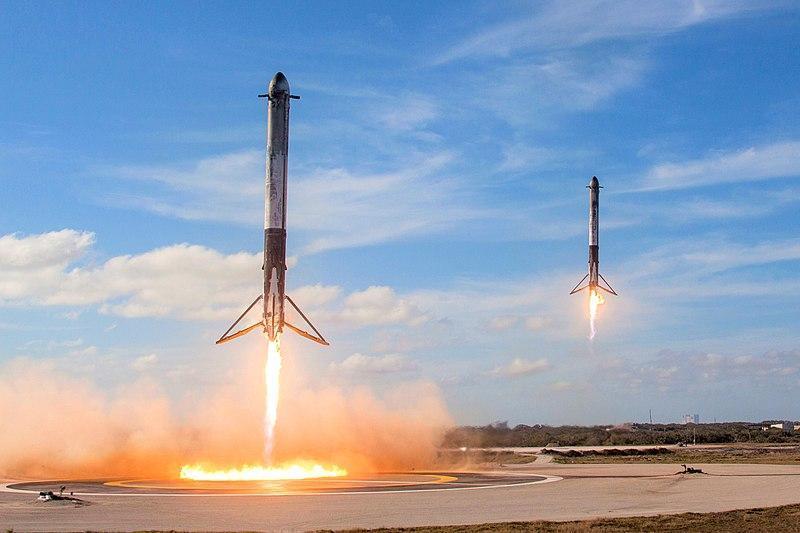 *source: spaceX
*source: spaceX
SpaceX being the cool company it is has released this video of booster landing failure compilation. You wouldn’t want to miss that.
And here’s a simplified graphic of the stages in a Falcon 9 launch including booster landing at sea.
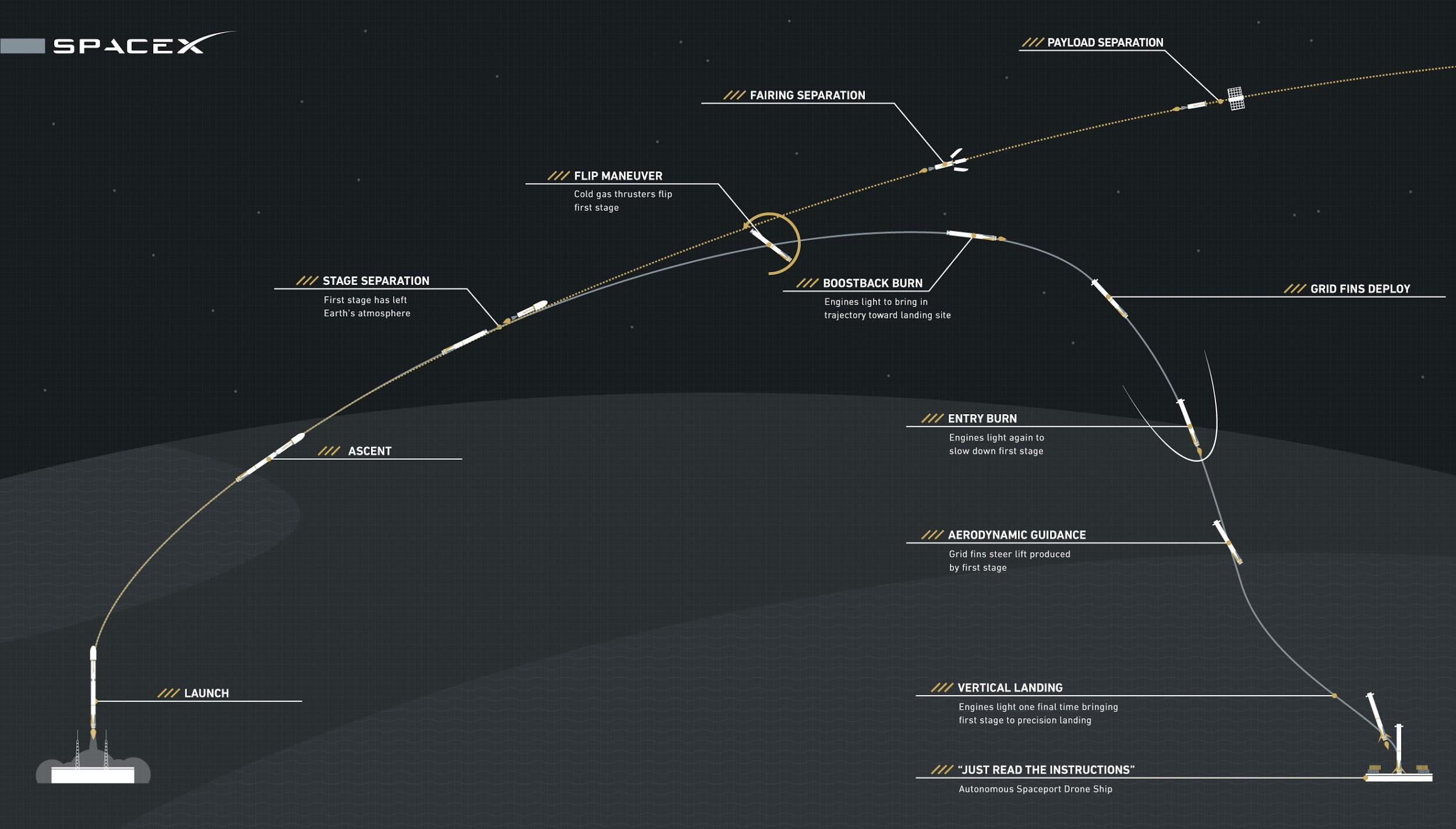 *source: spaceX
*source: spaceX
Cool, is that all they can recover and reuse?
Definitely not. In fact, SpaceX recently tried to recover one half of the fairing (fairing is the cone shaped outer structure at the top of the rocket that is used to protect the payload when the rocket is ascending through Earth’s atmosphere). They were trying to glide the fairing half into a giant net deployed from a ship but it didn’t go as planned.
Elon Musk (SpaceX founder) has also announced plans for recovering the second stage of the rocket which is much more complicated than recovering the first stage boosters because of the extreme velocity, the mass needed for a re-entry heat shield, landing engines, and other equipment to support recovery of the second stage.
So is that all SpaceX got?
Again, definitely no. In 2016 Elon Musk announced the next generation rocket that will eventually replace the existing Falcon 9 and Falcon Heavy rockets. The new rocket is aptly named BFR, Big Falcon Rocket (also dubbed as Big F—— Rocket). This too is designed as a multi purpose launch system with even more reusability and a low cost per a kilogram of payload.


 *source: SpaceX
*source: SpaceX
SpaceX and Elon Musk has set themselves a very ambitious goal of sending the first BFR to Mars within the next few years and according to the latest news they seems to be working towards that goal.
If you are interested, here’s the main body tool (the actual body structure is built around this tool by weaving carbon fiber/composite layers by laser guided robots).
And here’s the proposed stages of a Earth-Mars roundtrip.
 *source: SpaceX
*source: SpaceX
Good luck SpaceX! Is there anyone else doing the same thing?
Of course. Where’s the fun without a little competition? There’s quite a bit of competition in building cheaper and reusable launch systems at the moment.
ULAs’ current heavy lift rocket is the Delta-IV which costs around $350Million per launch. Since it can carry about half the payload of the Falcon Heavy at more that 3 times the cost, ULA has started working on a more powerful and partially reusable launch system called Vulcan which will recycle the engines of the boosters.
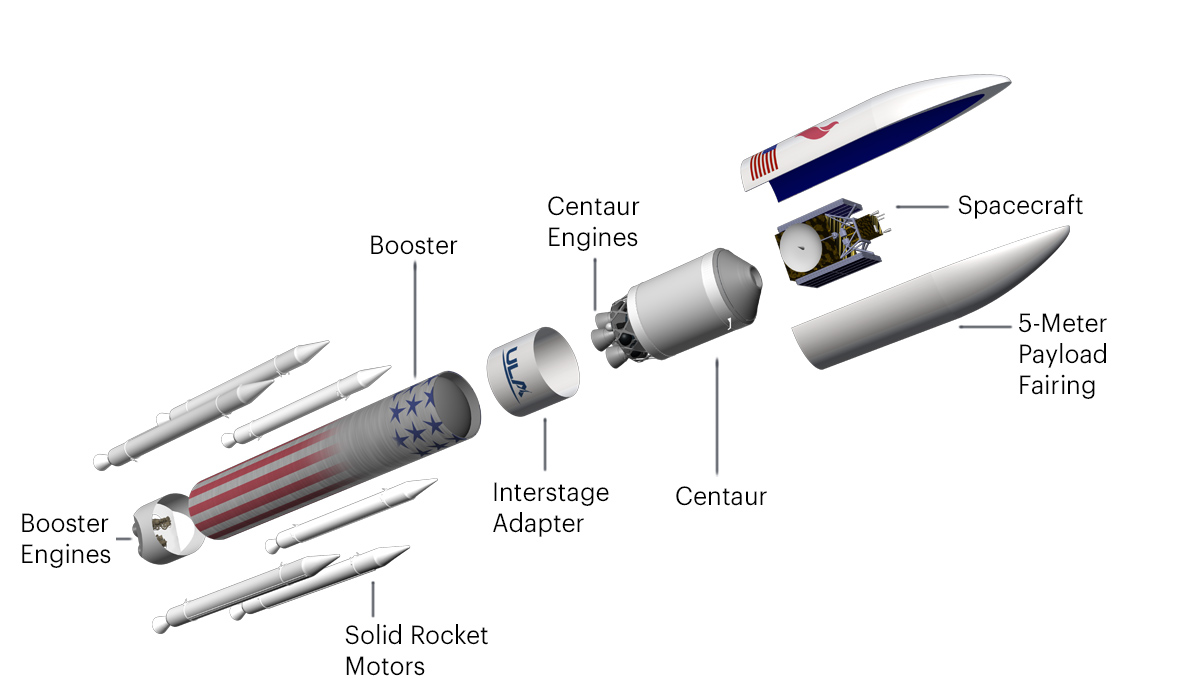 *source: https://www.ulalaunch.com
*source: https://www.ulalaunch.com
Founded by Jeff Bezos (Amazon founder), the Blue Origin has announced plans for a reusable launch system called New Glenn. They are planning to debut the new rocket in 2020 which will use a recoverable rocket booster similar to SpaceX.
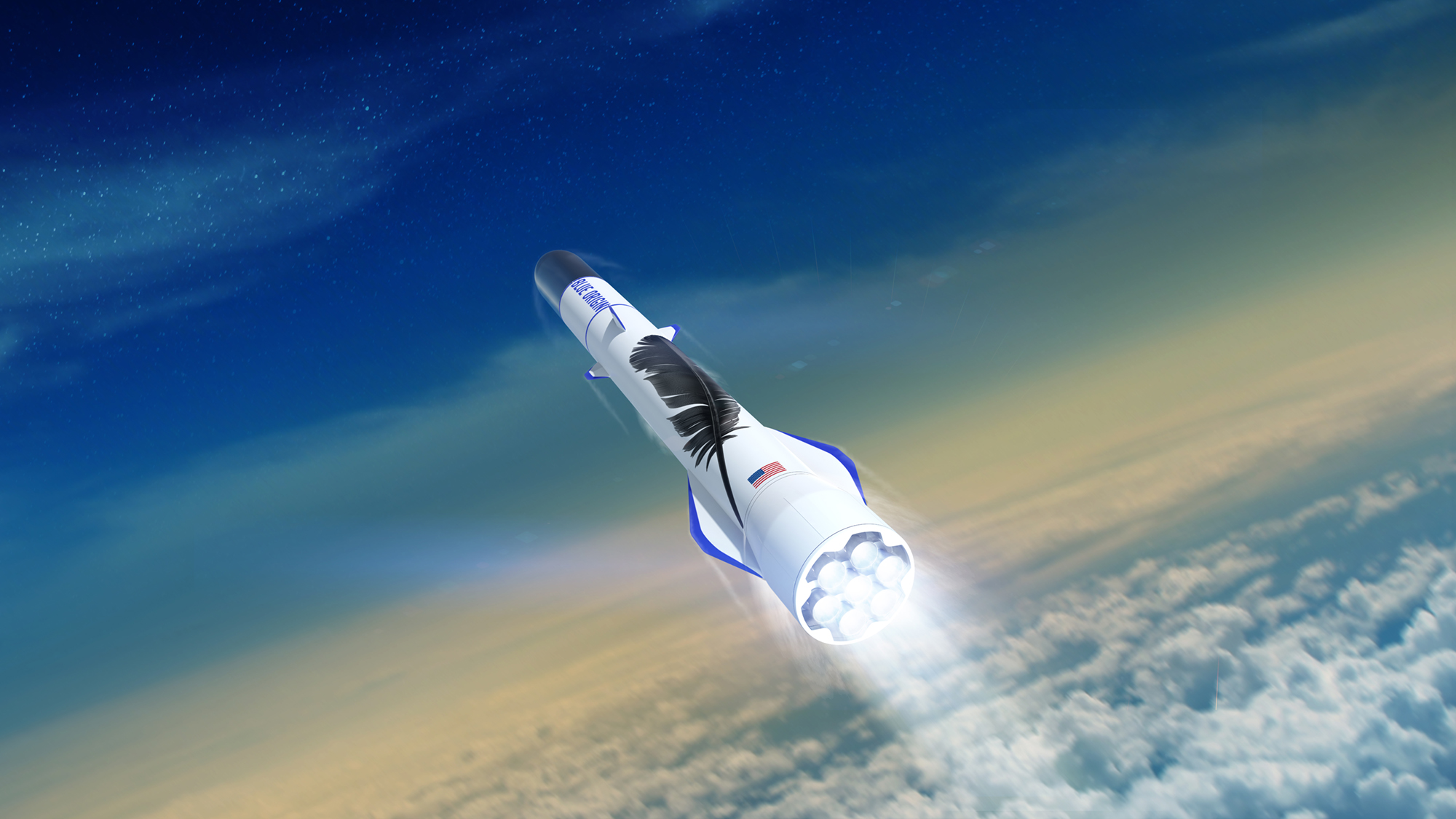 *source: https://www.blueorigin.com
*source: https://www.blueorigin.com
Utilizing six Boeing 747 engines for a payload capacity of around 23 tons Stratolaunch will be capable of delivering payloads to multiple orbits and inclinations in a single mission. They are planning to have a fully capable system at the beginning of 2020.
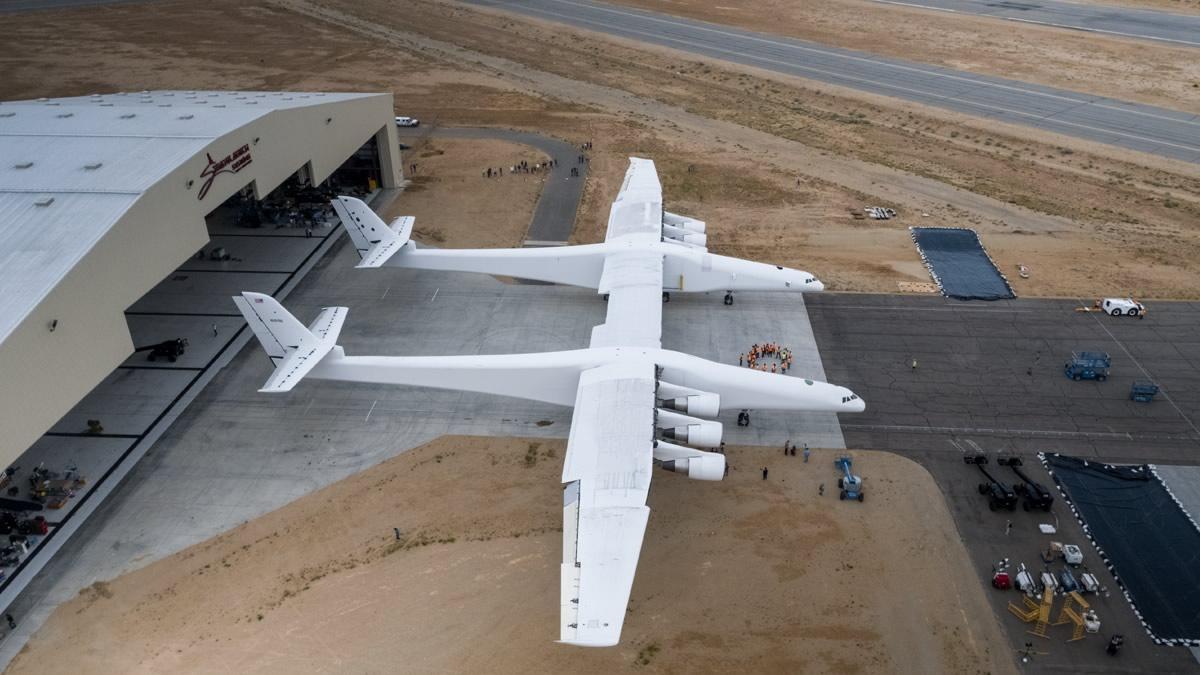 *source: http://www.stratolaunch.com/
*source: http://www.stratolaunch.com/
Although not necessarily a business competition, NASA has been working on it’s next generation Saturn V replacement for some time now. Named as SLS (Space Launch System) it will be a Mammoth amongst all the other rockets ever built. Nasa is planning to launching the first SLS rocket in 2020.
 *source: https://www.nasa.gov/
*source: https://www.nasa.gov/
These are just a few big fish in the pool of competition.
Wow! Looks like there’s a lot to look forward in the next few years. Aren’t we lucky to be living in a such a time? So what does it all mean for you and me, the average Joes of this world?
Let me put it like this. Hundred years back, if I told you that you can go halfway around the world in a couple of hours, you would have laughed and thought I’m a nutcase. Similarly, in a hundred years from now our grandchildren might be living on Mars! Future is going to be great!

